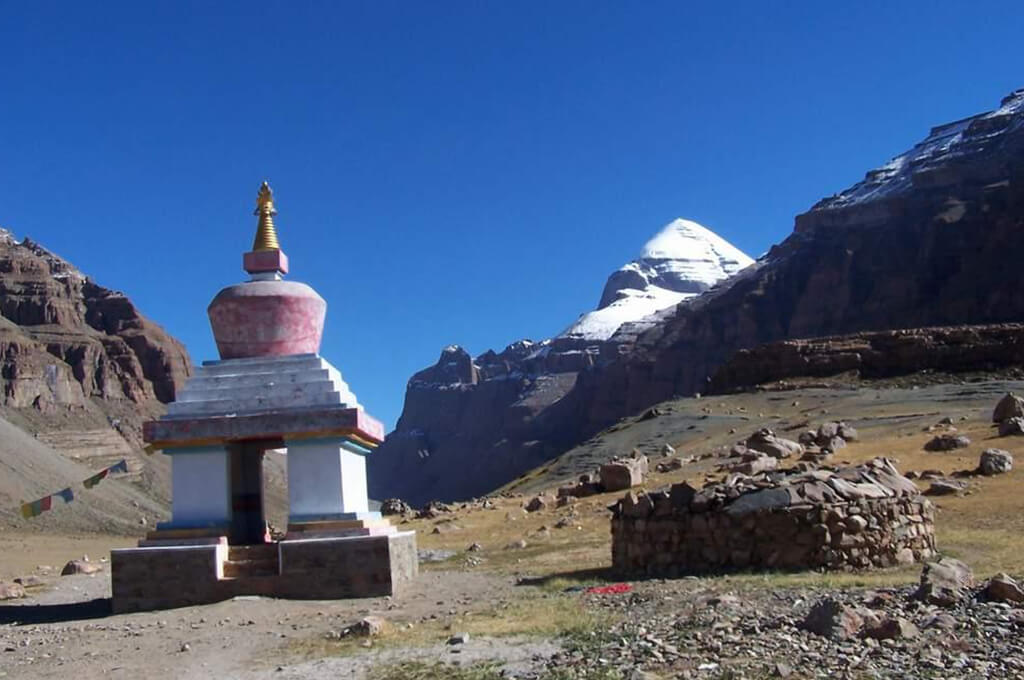Religion is one of the most important and fundamental facets of Tibetan life and culture. While most outsiders associate Buddhism with this mystical landscape, several other faiths coexist peacefully within it. Signs of religious practice exist everywhere you go in Tibet. From paintings and sculptures to music and dance, to iconic buildings and even the mountains, religion is expressed vividly.
The religions practiced in Tibet include –
Tibetan Buddhism
The most widely practiced religion in Tibet is Tibetan Buddhism today, and that has been the case for more than a millennium. It is a derivative amalgamation of Mahayana Buddhism from India, local religions, Bon and Tantric Buddhism.
Buddhists in Tibet consider offering prayers daily as an important way of maintaining peace and happiness in their lives. The fundamental beliefs revolve around non-violence and carrying out good actions to create positive harmony. Tibetan Buddhism is also practiced in several other parts of the world including northern India, parts of Mongolia, certain parts of mainland China, the Tuva Republic, and the Republic of Kalmykia. It is a religion that has played a crucial role in shaping Tibetan culture and society.

Bon
Bon is a Tibetan religion that has supposedly existed in the land quite a while before the arrival of Buddhism. Despite being practiced by a considerably lower part of the population, Bon is recognized as an indigenous form of Tibetan spiritual faith. It is considered as a shamanic faith that worships and reveres nature. Although many of the rituals and customs of Bon are similar to modern Tibetan Buddhism, the two have different deities and chants.
The practicers of the Bon faith are known as Bonpos, and the founder of the religion was Tonpa Shenrab Miwoche. His teachings are the basis of many Bon traditions. The Bon faith consists of Nine Vehicles, which include medicine, divination, astrology, tantra, and sutra.
Other Faiths
Tibetan Muslims form a small community in the holy land of Tibet and are collectively known as Kachee. The Muslim community has been living here since the early 8th or 9th century. These Tibetans are said to have settled here after coming from several parts of Ladakh, Kashmir and Central Asian Turkic countries. Apart from the Kachee people, other communities who live here are Salar, Hui, Bonan and Dongxiang. But the government of the People’s Republic of China has only officially considered the Kachee community as Tibetans.
Christianity is also practised in Tibet, which was said to be brought by the Nestorians, whose inscriptions and remains had been found here.
To visit Tibet’s religious places with knowledgeable guides, get in touch with us.
